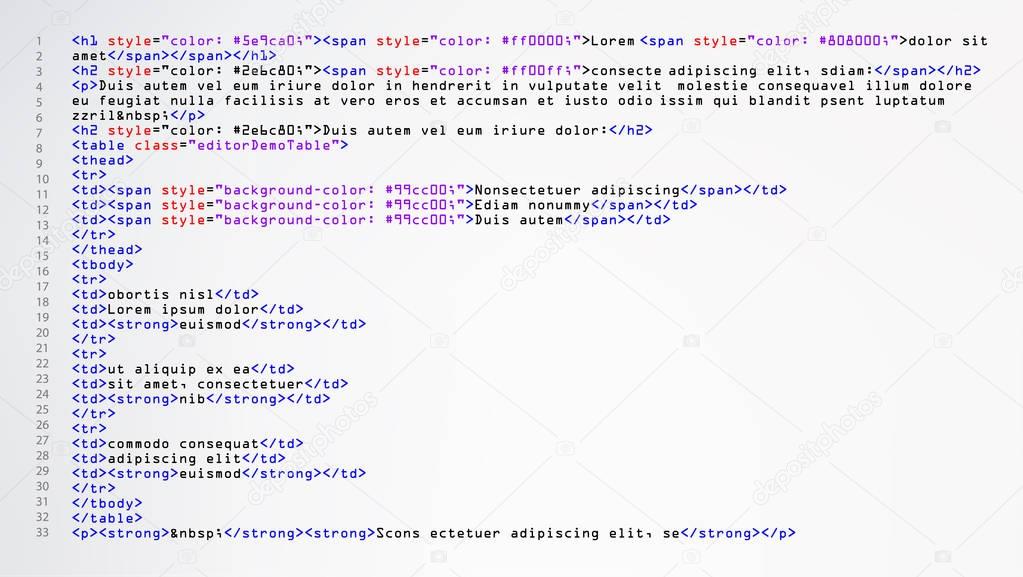

Therefore, H.begin() is an iterator that points to the first element of the array stored inside the H vector. In the case of vector containers, which are really just arrays, iterators can be thought of as pointers to arrayĮlements. The result of begin() and end() is called an iterator in C++. In this section we used expressions like H.begin() and H.end() or offsets like D.begin() + 7. Thrust’s sequence function can be used to create a sequence of equally spaced values. STL function, thrust::fill simply sets a range of elements to a specific value. The copy function can be used to copy a range of host or device elements to another host or device vector. Here we’ve illustrated use of the fill, copy, and sequence functions. print D for( int i = 0 i < D.size() i++) copy all of H back to the beginning of D Thrust::host_vector H(D.begin(), D.begin() + 5) initialize a host_vector with the first five elements of D set the first seven elements of a vector to 9 initialize all ten integers of a device_vector to 1 #include #include #include #include #include int main( void) Like std::vector, host_vector and device_vector are generic containers (able to store any data type) that can be resized dynamically. Thrust’s vector containers are just like std::vector in the C++ STL. As the names suggest, host_vector is stored in host memory while device_vector lives in GPU device memory.

Please do not email us with problems regarding this tutorial, only comments will be responded to.Thrust provides two vector containers, host_vector and device_vector. If you are having problems getting this tutorial to work please reread the tutorial and try again, if you still cannot get it to work please leave us a comment below and we will respond as soon as possible.
Html vector code code#
You don’t have to link your logo but you will need to modify the code if you choose not to.You can use either a CSS ID or CLASS on the logo element.< h1 id="logo"> < a href="YOUR-WEBSITE-LINK"> YOUR-WEBSITE-TITLE< /a> < /h1> Another standard practice of ours is to link the logo to the homepage, if you choose not to link your logo you will need to modify the method below. We prefer to utilize the H1 tag for SEO purposes, but please note you can utilize any HTML element you want for this method. In Step 2, we will be creating an HTML element for the logo. If you need help with this step, please reference the Adobe help link below:Īdobe Illustrator Help (Export SVG) STEP 2: Create an HTML element for the logo In Step 1, you will need to create and save your SVG logo file this can be done using Adobe Illustrator. STEP 1: Create and save your SVG logo file
Html vector code how to#
In this tutorial we will teach you how to add a vector logo to your website using CSS3 and a Scalable Vector Graphic (SVG). So how do you achieve this when so many of today’s devices utilize different display settings? The best current method is to use Scalable Vector Graphics (SVG) and apply them as background images to HTML elements using CSS3. You of course want your website’s logo to stand out and grab someone’s attention and you definitely want it to look clean and crisp across all devices. Your logo is the most important piece of your overall branding and is usually the first statement a website visitor will most likely identify with.


 0 kommentar(er)
0 kommentar(er)
